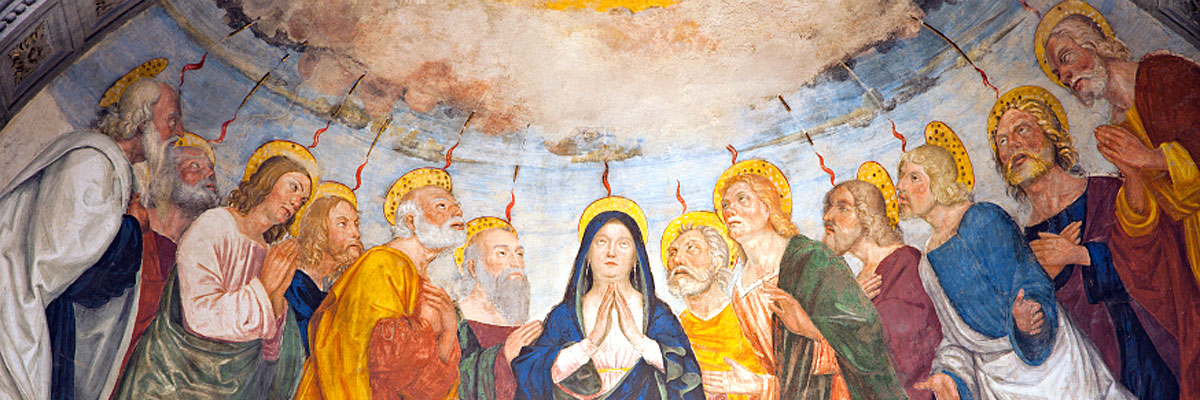
Understanding Our Church
A Treasury of Arkansas Writers Discussing the Catholic Faith
Official Website of the
Catholic Diocese of Little Rock
Blood of Ugandan martyrs continues to bear fruit centuries later
Published: July 20, 2019
By Father Erik Pohlmeier
Director of Faith Formation
In the year 197 the recent Christian convert Tertullian penned the famous quote, “We are not a new philosophy but a divine revelation. That’s why you can’t just exterminate us; the more you kill the more we are. The blood of the martyrs is the seed of the Church.” He certainly had no idea how far this seed would spread.
Seeds carry the potential to burst forth into life and the blood of martyrs connects that seed to God’s life. Throughout history countless people have demonstrated bravery in giving their lives. They often inspire, but the martyrs celebrated by the Catholic Church transform harsh, unwelcoming soil into fertile ground for the life of God to bear fruit.
This summer I was privileged to witness this bursting forth in the midst of two million souls drawn into the life of Jesus at a Mass to celebrate the feast of the Uganda Martyrs in Kampala. Many walked in pilgrim groups, including a 97-year-old who arrived with his parish after 12 days. Sprawling into the surrounding streets and listening by radio, the Christians of today are also witnesses of faith.
The king who ordered the killings hoped their torture and death would put an end to the kingdom these Christians preached. Uganda now has around 16 million Catholics and a faith that appears vibrant. The feast of the martyrs is now a national holiday and the king’s palace has been replaced by a church.
The first missionaries to Uganda landed on the shores of Lake Victoria in 1877 and 10 years later, 22 Catholics and 23 Anglicans shed their blood in witness. The king who ordered the killings hoped their torture and death would put an end to the kingdom these Christians preached. Uganda now has around 16 million Catholics and a faith that appears vibrant. The feast of the martyrs is now a national holiday and the king’s palace has been replaced by a church.
Each of the martyrs have heroic stories in the face of torture and death, but their story tells of more than bravery. When St. Charles Lwanga said, “It is as if you are pouring water on me. Please repent and become a Christian like me,” he reflected the hope that was in him (see 1 Peter 3:15).
The promise of God was more real to him than the torture he endured in the present moment. It is the power of faith that allows the martyr saints to see beyond the powers of this world to the eternity of God. In them we learn that the most real is often not what is most visible.
When martyrs offer their lives to God he responds with courage in the moment and multiplies their offering in the generations to come. Their five loaves and two fish feed the multitude and that multitude gave full voice to their faith at the Uganda Martyrs Mass this year.
Mixing African traditions of music and dance with the mysteries of the Last Supper, millions celebrated the young men who gave their lives for the same Jesus present on the altar. The universal Church and the Ugandan faithful stood as one family of God and it was clear that the seed of the martyrs is bearing fruit that will endure.
The fruit also extends beyond the crowds gathered or the boundaries of Uganda. I was invited to join because that country is one of many in Africa now sending missionaries to other lands.
The Catholic Church in Arkansas has been served well by priests from Uganda and so we are grateful in a direct way for the courage and faith of St. Charles Lwanga and his companions. We pray for hearts open to the ways God works through the martyrs even now. May we also see with the eyes of faith beyond the trials of the present moment to the eternity of God.



